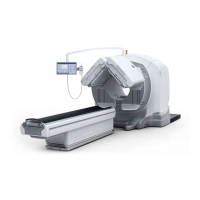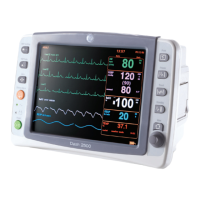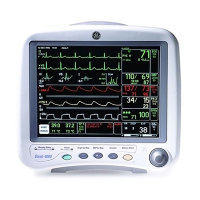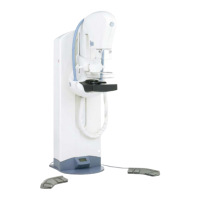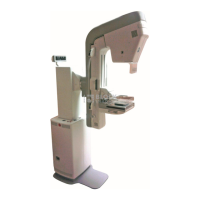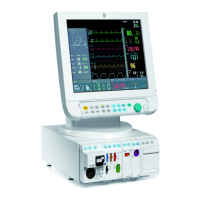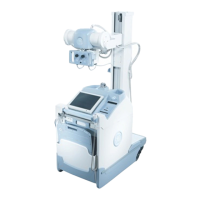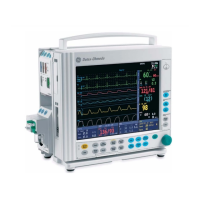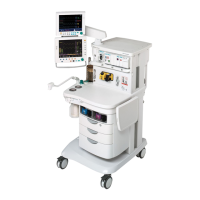GE HEALTHCARE
DIRECTION 2307224-100, REVISION 6DISCOVERY LS SYSTEM SERVICE MANUAL
Chapter 1 - Preface Page 41
1.6.3 General Hazards
Some repair/replacement procedures require the removal of protective covers, exposing parts at
high temperatures or with pinch points. Read the safety/warning labels and follow the instructions
in this System Service Manual to prevent burns or injuries.
1.6.4 General Electrical Hazards
WARNING THE INTERNAL CIRCUITS OF THE CAMERA USE HIGH VOLTAGES CAPABLE OF CAUSING
SERIOUS INJURY, OR EVEN ENDANGERING LIFE AS A RESULT OF ELECTRICAL SHOCK.
1.) Do not remove, or open, system covers or plugs, while the unit is powered ON. Some internal
circuits operate at high voltage, capable of causing severe electric shock and/or serious injury.
2.) Most servicing procedures direct you to remove power from the system. This is done using the
Circuit Breaker.
3.) If a procedure requires that power be maintained, you should disconnect or restrict access to
all Hand-Held Controllers and the Acquisition Computer to prevent unexpected movement of
the Gantry, Detectors or Table.
4.) You must be watchful for any short circuits in the system. This is especially important if any
fuse is blown, or there are circuit breakers that will not reset.
CAUTION Conductive fluids that seep into the active circuit components of the system may cause
short circuits, resulting in electrical fires.
1.6.5 General Electrical Precautions
1.) Verify with hospital engineering department that the designated power line is stable. If any
doubt, connect a line recorder for 24 hours at least.
2.) When assembling, replacing system cards, always work with an Electro-Static Discharge
(ESD) kit.
3.) Floors with epoxy glue generate static discharges.
Advise hospital and use special spray to avoid discharge.
4.) The camera should be connected to the mains and grounded according to the instructions
given in the Site Preparation Manual.
5.) Verify a resistance of 0.1 Ohm between the Mains Ground and the Power Supply Main
Ground.
1.6.6 General Unpacking Precautions
1.) No single person will unpack the units.
2.) Unpack the imaging system according to the given instructions.
3.) While unpacking, follow the standard safety procedures.
4.) Unpack the system units in the specified order.
5.) Use a fork lift or a crane capable of lifting more than the maximum weight of the heaviest unit
(see Weights of Shipped Units in the camera Installation Manual.
6.) Do not unpack the system on a rainy day, unless under a roof.
7.) Verify that all packages are empty after the unpacking process.
8.) Place all boards with protruding nails and hazardous metal pieces in a secluded area.

